Beginner's Guide to Marine Fuel Systems: Components, Maintenance, and Troubleshooting

For new boat owners, understanding your vessel's fuel system is essential for safe, reliable operation and effective maintenance. Unlike automotive fuel systems, marine applications face unique challenges including exposure to water, extended storage periods, and the corrosive effects of the marine environment. A properly functioning fuel system ensures your engine receives clean, consistent fuel delivery—critical for performance, reliability, and safety on the water.
This comprehensive guide explains marine fuel system components, maintenance requirements, and troubleshooting techniques in straightforward terms. Whether you're a first-time boat owner or looking to deepen your understanding of marine systems, this information will help you maintain your fuel system properly and recognize potential issues before they lead to problems on the water.
Marine Fuel System Components
Understanding the key components of your boat's fuel system helps with maintenance and troubleshooting:
Fuel Tank
The storage reservoir for your boat's fuel:
- Materials: Typically aluminum, polyethylene (plastic), or stainless steel
- Features: Fill port, vent line, fuel pickup tube, return line, and sending unit
- Location: Usually built into the hull or mounted in the engine compartment
- Capacity: Varies widely based on boat size and intended use
Modern tanks include anti-siphon devices and proper venting systems to prevent fuel leakage and allow for expansion. Portable tanks for smaller outboards have similar components but in a more compact design.
Fuel Lines and Fittings
The pathways that transport fuel throughout the system:
- Materials: Coast Guard-approved marine-grade hose (typically USCG Type A1-15 or better)
- Connections: Stainless steel or corrosion-resistant clamps and fittings
- Configuration: Supply lines (tank to engine) and return lines (engine back to tank)
- Features: Fire-resistant, UV-resistant, and impermeable to prevent vapor loss
Marine fuel lines must meet specific standards for safety and durability in the marine environment. They're designed to resist deterioration from ethanol, UV exposure, and constant movement.
Fuel Filters/Water Separators
Critical components that protect your engine from contamination:
- Primary filter: Larger filter/water separator installed between tank and engine
- Secondary filter: Smaller, finer filter typically mounted on the engine
- Components: Filter element, water collection bowl, drain valve, and mounting bracket
- Filtration ratings: Measured in microns (smaller number = finer filtration)
Water separators are particularly important in marine applications as they remove water (which sinks to the bottom of the filter bowl) before it can reach the engine. Many feature clear bowls for easy visual inspection.
For reliable fuel filtration, explore our marine fuel filter collection, which includes filters and water separators for all major engine brands.
Fuel Pumps
Devices that move fuel from the tank to the engine:
- Mechanical pumps: Engine-driven pumps that use engine motion to create suction
- Electric pumps: Electrically powered pumps that provide consistent pressure
- Lift pumps: Low-pressure pumps that move fuel from the tank to the engine
- High-pressure pumps: Used in fuel injection systems to achieve proper atomization
Many modern boats use a combination of pumps: an electric lift pump to bring fuel from the tank to the engine area, and then either a mechanical pump or high-pressure electric pump for final delivery to the engine.
Primer Bulbs
Manual pumping devices used primarily with outboard engines:
- Function: Manually primes the fuel system by drawing fuel from the tank
- Location: Installed in the fuel line between the tank and engine
- Operation: Squeeze and release repeatedly until firm
- Materials: Durable rubber or synthetic materials resistant to fuel
Primer bulbs help remove air from the fuel system and establish fuel flow, particularly after filter changes or when a boat has been sitting unused.
Fuel Delivery Systems
The mechanisms that introduce fuel into the engine:
Carbureted Systems
- Components: Carburetor, float bowl, jets, and choke
- Operation: Uses engine vacuum to draw fuel through calibrated jets
- Pressure requirements: Relatively low (2-6 PSI typically)
- Common in: Older outboards and many smaller engines
Fuel Injection Systems
- Electronic Fuel Injection (EFI): Computer-controlled injectors that spray precise amounts of fuel
- Direct Injection: Injects fuel directly into the combustion chamber
- Components: Injectors, fuel rail, pressure regulator, and electronic control unit
- Pressure requirements: Higher (40-60 PSI for many systems)
- Common in: Modern outboards, inboards, and stern drives
Fuel injection systems offer better fuel efficiency, easier starting, and improved performance compared to carbureted systems, but they're more complex and typically require specialized diagnostic equipment.
Fuel Venting Systems
Essential for proper fuel tank operation and safety:
- Function: Allows air to enter the tank as fuel is consumed and vents expanding vapors
- Components: Vent lines, anti-siphon valves, and carbon canisters (in newer systems)
- Types: Simple vents, pressure-relief vents, and EPA-compliant evaporative systems
- Location: Typically exits through hull sides or transom
Proper venting prevents tank collapse or pressurization while also meeting environmental regulations for vapor emissions.
Differences Between Gasoline and Diesel Fuel Systems
Boat engines run on either gasoline or diesel fuel, with significant differences in their fuel systems:
Gasoline Systems
- Fuel characteristics: More volatile, higher risk of explosion
- Ignition method: Spark ignition (spark plugs)
- Delivery pressure: Lower pressure in carbureted systems, moderate in EFI systems
- Safety features: Anti-siphon valves, spark arrestors, blowers for vapor removal
- Common issues: Vapor lock, ethanol-related problems, volatility during storage
Diesel Systems
- Fuel characteristics: Less volatile, higher energy density, lubricating properties
- Ignition method: Compression ignition (no spark plugs)
- Delivery pressure: Much higher pressure (thousands of PSI in modern systems)
- Components: Injection pumps, high-pressure lines, and mechanical or electronic injectors
- Common issues: Water contamination, microbial growth ("diesel bug"), waxing in cold temperatures
Key Differences in Maintenance
- Filtration: Diesel systems typically require finer filtration (2-10 microns vs. 10-30 for gasoline)
- Water separation: More critical in diesel systems due to microbial growth concerns
- Air removal: Diesel systems require bleeding procedures after service
- Storage concerns: Different additives and procedures for long-term storage
Understanding which type of system your boat has is essential for proper maintenance and troubleshooting.
The Impact of Ethanol on Marine Fuel Systems
Modern gasoline often contains ethanol, which presents specific challenges in marine applications:
What Is Ethanol?
- Ethanol is an alcohol-based fuel derived primarily from corn or sugar
- Most gasoline in the U.S. contains up to 10% ethanol (E10)
- Higher concentrations like E15 (15% ethanol) are not recommended for marine use
- Ethanol is hygroscopic, meaning it absorbs water from the atmosphere
Ethanol-Related Problems
Phase Separation
- Occurs when ethanol absorbs too much water and separates from gasoline
- Results in a layer of ethanol/water mixture at the bottom of the tank
- Engines running on this mixture can experience severe damage
- Once separation occurs, it cannot be reversed by adding more fuel
Material Compatibility
- Ethanol is a solvent that can degrade older fuel system components
- Affects rubber hoses, gaskets, seals, and fiberglass fuel tanks
- Can dissolve accumulated deposits and carry them to filters and carburetors
- May cause leaks in systems not designed for ethanol-blended fuels
Storage Issues
- Ethanol-blended fuels have a shorter shelf life (typically 90-100 days)
- More prone to oxidation and degradation during storage
- Creates gummy deposits that can clog fuel system components
- Increases the risk of corrosion in fuel tanks and metal components
Managing Ethanol Challenges
- Use marine-specific fuel stabilizers designed for ethanol-blended fuels
- Keep tanks nearly full during storage to minimize condensation
- Use water-separating fuel filters and check them frequently
- Consider non-ethanol fuel where available (often sold as recreation or marine fuel)
- Upgrade older fuel system components to ethanol-compatible materials
For ethanol protection, explore our fuel additive collection, which includes stabilizers specifically formulated for marine applications.
Essential Fuel System Maintenance
Regular maintenance prevents most fuel system problems and ensures reliable performance:
Routine Inspections
Perform these checks regularly throughout the boating season:
- Visual inspection of fuel lines: Look for cracks, softening, or bulging
- Check hose connections: Ensure clamps are tight and corrosion-free
- Inspect primer bulb: Should be pliable with no cracks
- Examine fuel tank: Look for signs of leakage or damage
- Check filter bowls: Look for water or contaminants
- Smell test: Investigate any fuel odors immediately
Filter Maintenance
Proper filter care is critical for fuel system health:
- Replacement schedule: Change primary filters every 50-100 hours or annually
- Water drainage: Drain water collection bowls regularly, especially after rainy weather
- Inspection frequency: Check filter condition before each extended trip
- Proper installation: Follow manufacturer directions for gasket placement and tightening
- System bleeding: Remove air from the system after filter changes (especially for diesel)
Fuel Quality Management
Maintaining fuel quality prevents many common problems:
- Use fresh fuel: Try to purchase fuel from high-volume stations
- Add stabilizer: Use marine-grade stabilizer when the boat will sit for more than two weeks
- Keep tanks full for storage: Minimizes condensation space
- Consider biocide treatment: Prevents microbial growth, especially in diesel
- Periodic tank cleaning: Consider professional cleaning if contamination occurs
Seasonal Maintenance
Spring Commissioning
- Inspect entire fuel system before first use
- Replace any components showing wear or damage
- Change fuel filters
- Check for water in the system
- Test fuel system operation before leaving the dock
Winterization
- Add stabilizer to fuel and run engine to distribute
- Fill tank to 95% capacity to reduce condensation space while allowing for expansion
- Change filters before storage
- For carbureted engines, consider draining float bowls
- For extended storage, consider fogging the engine
For seasonal maintenance supplies, check our maintenance kits and winterization products.
Common Fuel System Problems and Solutions
Recognizing and addressing these issues can prevent more serious problems:
Starting Difficulties
Symptoms
- Engine cranks but won't start
- Engine starts briefly then dies
- Hard starting, especially when warm
- Excessive cranking required
Possible Causes and Solutions
- Empty fuel tank: Check fuel level gauge and visually verify
- Clogged fuel filter: Inspect and replace if necessary
- Air in fuel lines: Squeeze primer bulb until firm
- Stale fuel: Drain and replace with fresh fuel
- Faulty anti-siphon valve: Check for restriction and clean or replace
- Fuel pump issues: Listen for pump operation when key is turned on
Performance Problems
Symptoms
- Hesitation or stumbling
- Surging or inconsistent speed
- Reduced top speed
- Poor acceleration
- Excessive fuel consumption
Possible Causes and Solutions
- Partially clogged filter: Replace filters even if they look clean
- Water in fuel: Drain water separator and treat with water-removing additive
- Restricted fuel lines: Check for kinks or pinched lines
- Carburetor issues: Clean or rebuild if necessary
- Injector problems: Consider professional cleaning service
- Incorrect fuel pressure: Test with appropriate gauge
Fuel System Leaks
Symptoms
- Fuel odor in boat
- Visible fuel in bilge
- Fuel sheen on water around boat
- Unexplained fuel consumption
- Staining around connections
Possible Causes and Solutions
- Loose connections: Tighten hose clamps and fittings
- Cracked or deteriorated hoses: Replace with marine-grade fuel line
- Damaged primer bulb: Replace if cracked or leaking
- Tank fitting leaks: Tighten or reseal as appropriate
- Carburetor float issues: Adjust or replace float valve
- Injector leaks: Requires professional service
Safety Warning: Fuel leaks are a serious safety hazard that can lead to fire or explosion. Never ignore fuel odors or visible leaks. Immediately ventilate the area, shut down electrical systems, and address the source of the leak before operating the boat.
Contamination Issues
Symptoms
- Frequent filter clogging
- Water in filter bowl
- Dark or cloudy fuel
- Slimy deposits in filters (microbial growth)
- Corrosion in fuel system components
Possible Causes and Solutions
- Water intrusion: Check tank vent and fill cap seal
- Phase-separated fuel: Drain tank and refill with fresh fuel
- Microbial growth: Treat with biocide and change filters
- Tank corrosion: Inspect tank interior if possible
- Poor-quality fuel: Purchase from reputable marinas
For fuel system components and solutions, explore our fuel system collection, which includes filters, lines, and treatment products for all major engine brands.
DIY Fuel System Maintenance Procedures
These step-by-step procedures help maintain your fuel system:
Changing a Fuel Filter/Water Separator
Tools and Materials Needed
- Replacement filter element
- Filter wrench (if recommended)
- Rags and disposal container
- Marine-grade fuel hose and clamps (if replacing)
- Thread sealant (if required)
Procedure
- Turn off the engine and disconnect the battery
- Close fuel shutoff valve if equipped
- Place a container under the filter to catch spills
- Remove the drain plug and drain water and fuel from the bowl
- Unscrew the bowl from the filter head (use filter wrench if tight)
- Remove the old filter element
- Clean the bowl and inspect gaskets and O-rings
- Install the new filter element, ensuring proper orientation
- Replace any damaged gaskets or O-rings
- Apply a light coating of clean fuel to gaskets
- Reassemble the filter and hand-tighten only
- Open fuel valve and check for leaks
- Prime the system using the primer bulb or electric pump
- Start the engine and check again for leaks
Inspecting and Replacing Fuel Lines
Tools and Materials Needed
- USCG-approved marine fuel hose
- Stainless steel hose clamps
- Screwdriver or nut driver
- Hose cutter or sharp knife
- Measuring tape
Procedure
- Turn off the engine and disconnect the battery
- Close fuel shutoff valve if equipped
- Inspect all visible fuel lines for:
- Cracking or crazing on the surface
- Softening or sponginess when squeezed
- Bulging or swelling
- Staining or fuel residue
- To replace damaged sections:
- Measure and cut new hose slightly longer than the section being replaced
- Loosen hose clamps and remove the damaged section
- Install new hose, ensuring it's fully seated on fittings
- Position new clamps at least 1/4 inch from the end of the hose
- Tighten clamps securely but avoid over-tightening
- Open fuel valve and check for leaks
- Prime the system and verify proper operation
Using Fuel Additives Properly
Types of Additives and Their Functions
- Stabilizers: Prevent fuel degradation during storage
- Water removers: Bond with water to allow it to burn through the engine
- Biocides: Kill and prevent microbial growth in fuel
- Carbon cleaners: Remove deposits from fuel system components
- Ethanol treatments: Help prevent phase separation and protect components
Procedure
- Select the appropriate additive for your specific need
- Determine the correct dosage based on your tank size
- Add the product to the tank before fueling when possible
- Fill the tank to mix the additive thoroughly
- Run the engine for at least 10-15 minutes to circulate treated fuel
- For storage additives, run the engine long enough to ensure treated fuel reaches all components
Pro Tip: Keep a maintenance log recording when you add fuel additives, change filters, and perform other fuel system maintenance. This helps track service intervals and can be valuable information if problems develop.
When to Seek Professional Help
While many fuel system maintenance tasks are DIY-friendly, some situations warrant professional assistance:
Complex Fuel System Issues
- Injector problems: Cleaning and testing requires specialized equipment
- Fuel pump replacement: Often requires tank removal or specialized access
- Carburetor rebuilding: Involves precise adjustments and specialized knowledge
- Fuel pressure regulation: Requires proper testing equipment and expertise
- Electronic control unit issues: Needs diagnostic computers and software
Safety-Critical Situations
- Fuel leaks that can't be easily resolved: Fire and explosion risk
- Tank repairs or replacement: Requires proper ventilation and safety procedures
- Extensive contamination: May require tank cleaning or polishing services
- Persistent performance issues: Could indicate complex problems
Finding Qualified Marine Technicians
- Look for technicians certified by the American Boat & Yacht Council (ABYC)
- Ask for recommendations from other boaters or marina staff
- Check for factory certification from your engine manufacturer
- Request references or examples of similar work
- Ensure they have experience with your specific type of fuel system
Preparing for Professional Service
- Document symptoms thoroughly (when, how, under what conditions)
- Note any troubleshooting steps already attempted
- Have maintenance records available
- Be prepared to describe recent operating conditions
- Ask for a written estimate before work begins
Upgrading Your Fuel System
Consider these improvements for better performance and reliability:
Filtration Upgrades
- Add a larger primary filter/water separator if not already equipped
- Install a filter with clear bowl for easy visual inspection
- Consider a dual filter system that allows changing filters without stopping the engine
- Upgrade to finer filtration (smaller micron rating) for better protection
- Add a fuel/water sensor with dashboard warning light
Fuel Line and Tank Improvements
- Replace older fuel lines with ethanol-compatible marine-grade hose
- Upgrade to better quality fittings with positive locking mechanisms
- Install an anti-siphon valve if not already present
- Add a fuel tank access port for easier inspection and cleaning
- Consider a fuel tank level sender upgrade for more accurate readings
Performance Enhancements
- Electric fuel pump upgrade for more consistent pressure
- High-flow fuel lines for performance applications
- Adjustable fuel pressure regulator for fine-tuning (performance applications)
- Return-style fuel system conversion for better fuel delivery and cooling
- Fuel cooler installation to prevent vapor lock in hot conditions
Monitoring Systems
- Fuel flow meters to monitor consumption and efficiency
- Fuel pressure gauges for real-time system monitoring
- Water-in-fuel sensors and alarms for early warning
- Fuel level monitoring systems with greater accuracy than standard gauges
- Digital fuel management systems that integrate with multifunction displays
For fuel system upgrades and performance components, explore our fuel system performance collection.
Conclusion
A well-maintained fuel system is essential for reliable, safe boating. By understanding the components, performing regular maintenance, and addressing issues promptly, you can prevent most fuel-related problems before they interrupt your time on the water. The marine environment presents unique challenges for fuel systems, but with proper care, your boat's fuel system can provide years of trouble-free service.
Remember these key takeaways:
- Regularly inspect all fuel system components for signs of wear or damage
- Change filters according to manufacturer recommendations or more frequently in challenging conditions
- Use appropriate fuel additives to address ethanol issues and ensure fuel quality during storage
- Address any fuel leaks or unusual odors immediately as safety hazards
- Consider upgrades that improve filtration, monitoring, or performance based on your boating needs
With proper attention to your fuel system, you'll enjoy more reliable performance, fewer unexpected repairs, and greater peace of mind during your boating adventures. The small investment in regular maintenance prevents the much larger costs and inconvenience of fuel system failures when you're on the water.
For all your marine fuel system needs, explore our complete range of components for Yamaha, Mercury, Volvo Penta, and other major brands. Our high-quality parts are designed specifically for the demanding marine environment, ensuring optimal fuel system performance in all conditions.
Hi—I’m Jim Walker
I grew up in a Florida boatyard, earning pocket money (and a few scars) by rebuilding outboard carbs before I could drive. That hands-on habit carried me through a Ph.D. in mechanical engineering, where I studied how salt water quietly murders metal.
I spent ten years designing cooling systems for high-horsepower outboards, then joined JLM Marine as CTO. We bench-test every new part in the lab, but I still bolt early prototypes onto my own 23-foot skiff for a weekend shake-down— nothing beats real wake and spray for finding weak spots.
Here on the blog I share the fixes and shortcuts I’ve learned so your engine—and your day on the water—run smooth.

For Outboard Owners:
To assist you in maintaining and repairing your marine engines, we hope the following resources may be of use:
-
Fuel Pumps from JLM Marine
-
Fuel Pump Kits from JLM Marine
About JLM Marine
Founded in 2002, JLM Marine has established itself as a dedicated manufacturer of high-quality marine parts, based in China. Our commitment to excellence in manufacturing has earned us the trust of top marine brands globally.
As a direct supplier, we bypass intermediaries, which allows us to offer competitive prices without compromising on quality. This approach not only supports cost-efficiency but also ensures that our customers receive the best value directly from the source.
We are excited to expand our reach through retail channels, bringing our expertise and commitment to quality directly to boat owners and enthusiasts worldwide.

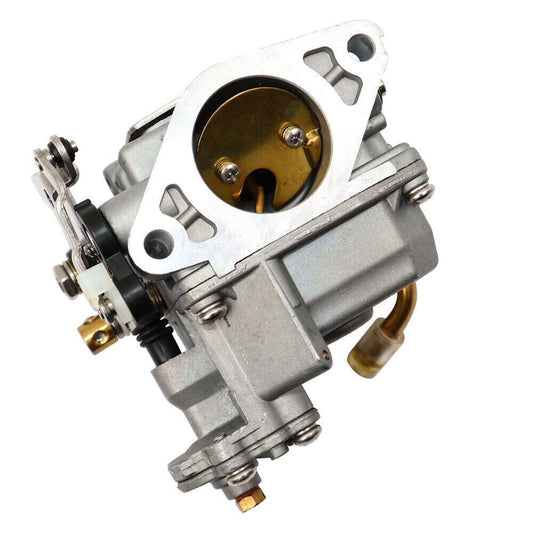
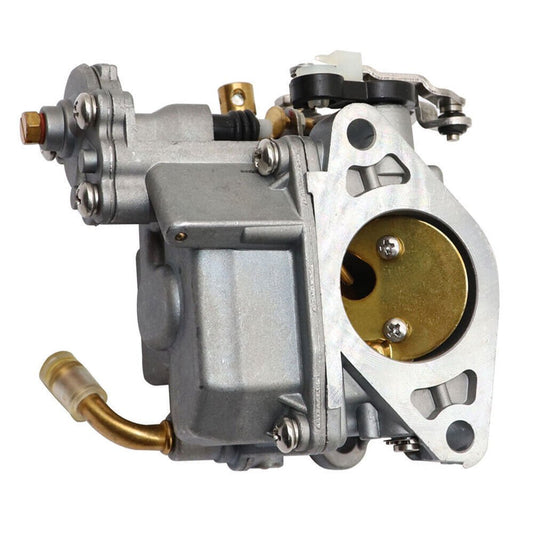
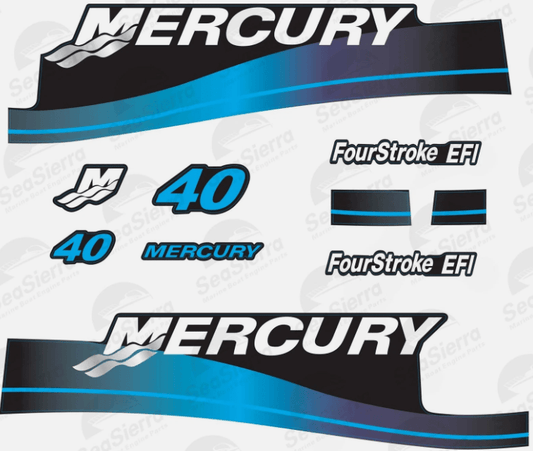

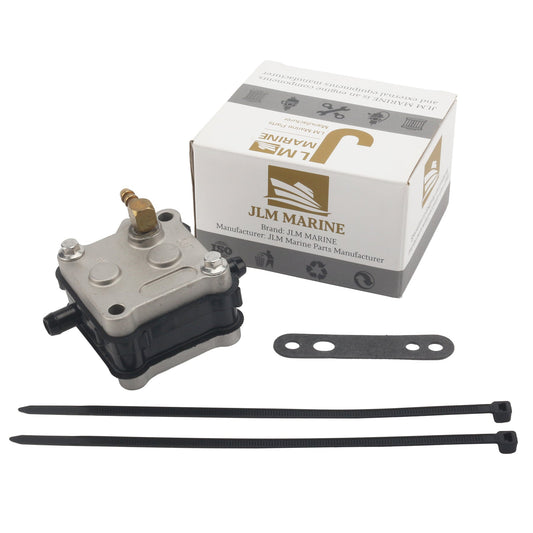
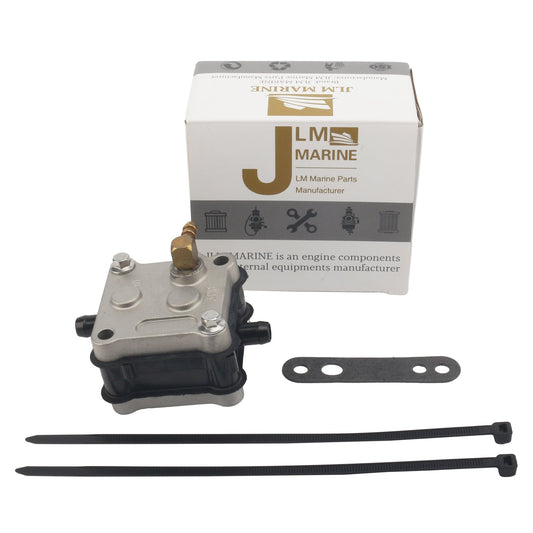
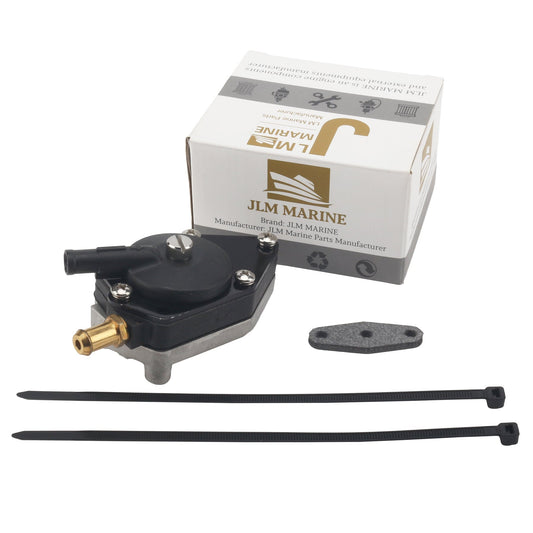
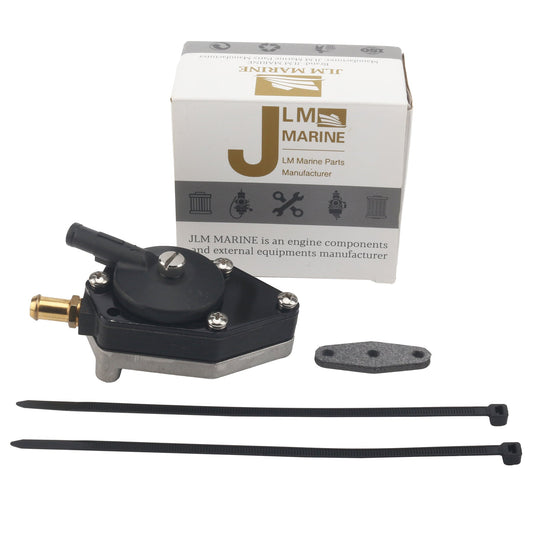
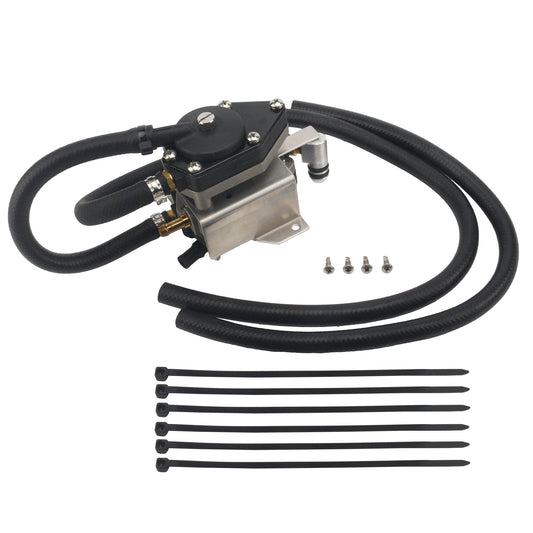
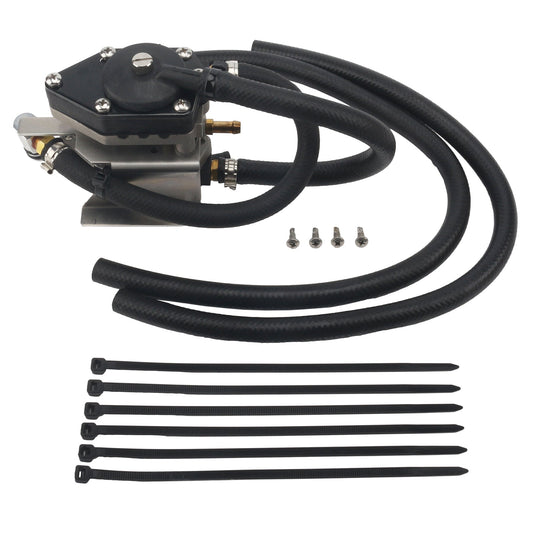
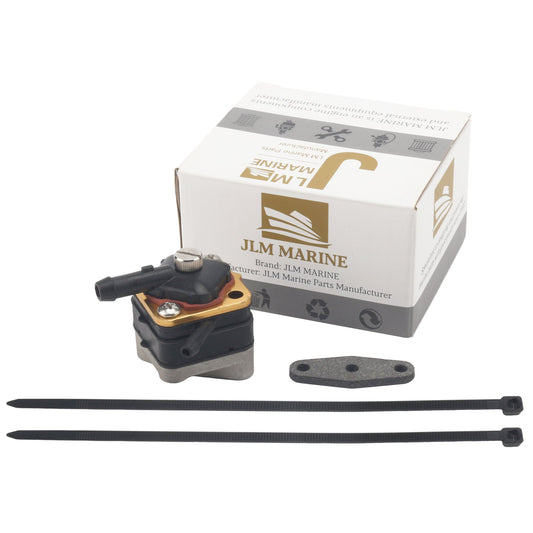
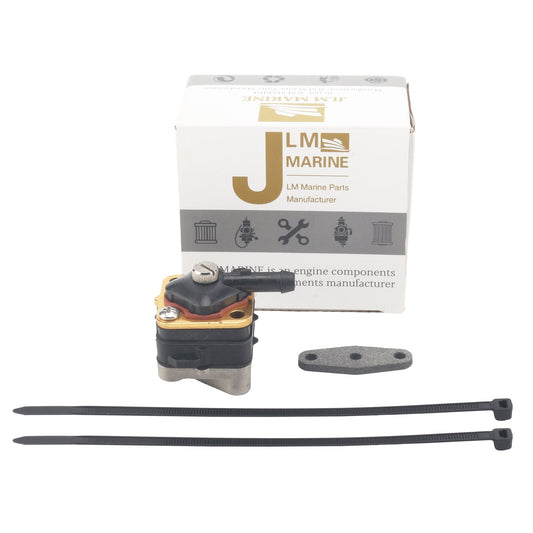
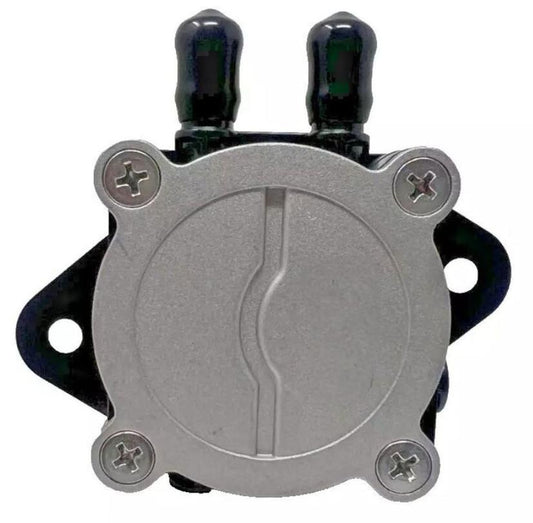
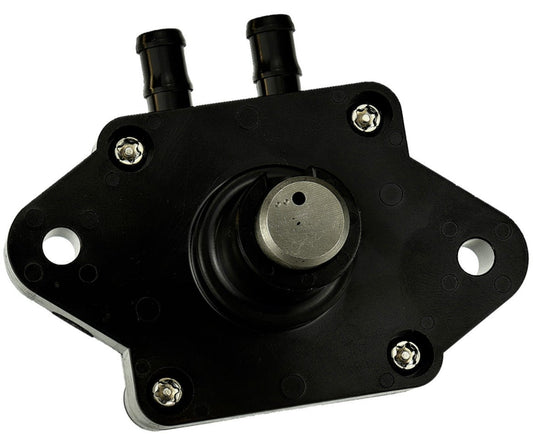
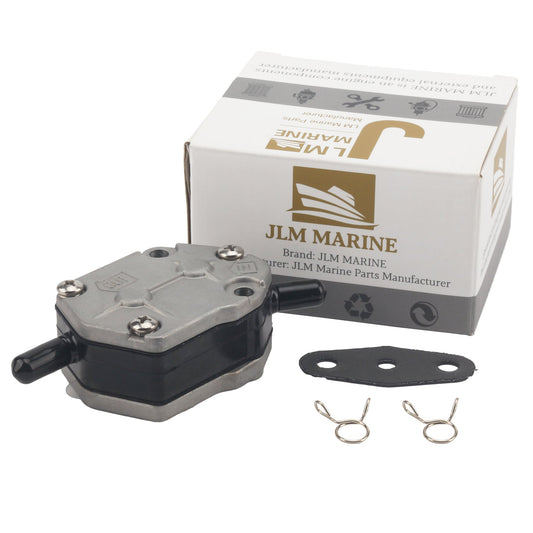
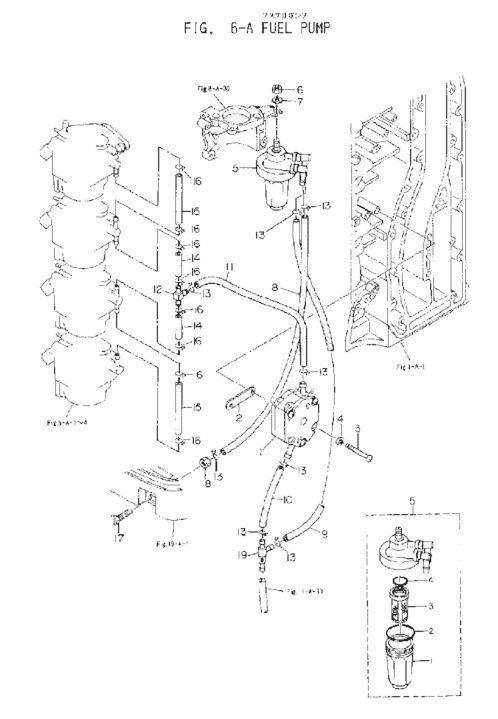
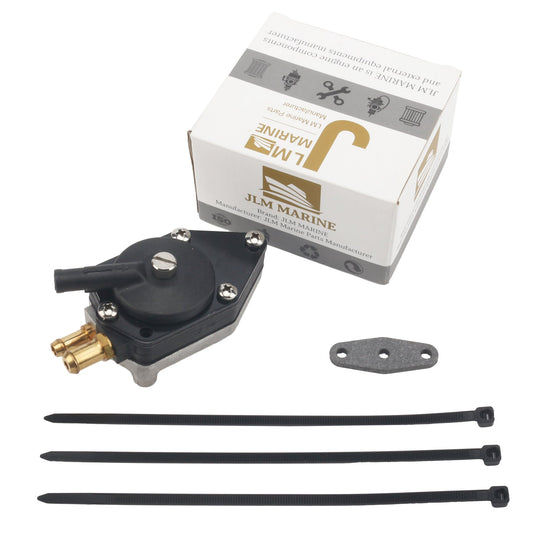

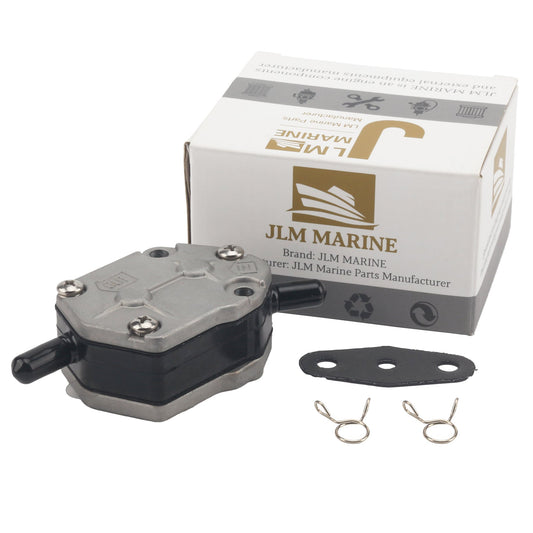
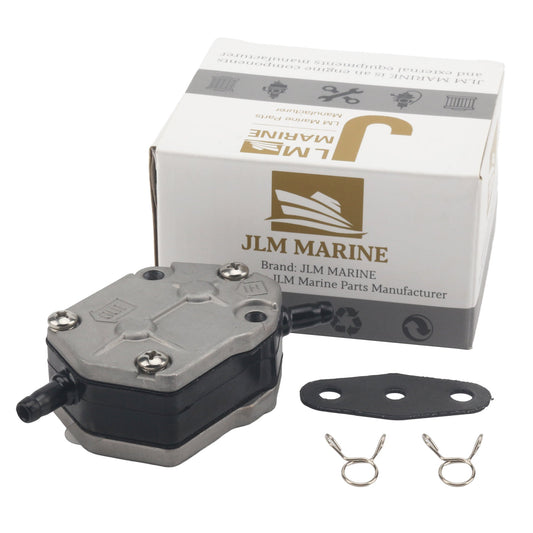
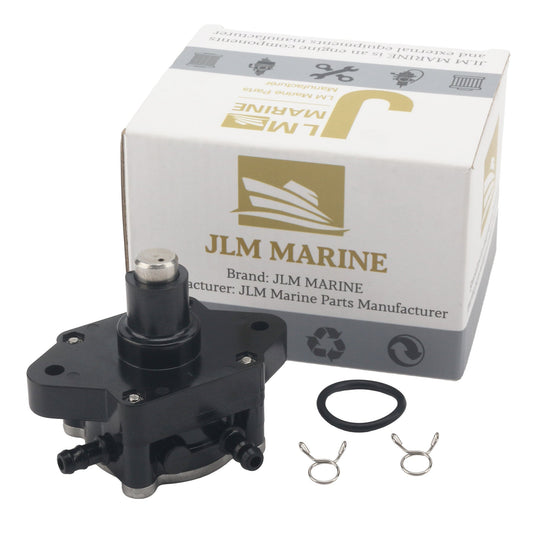
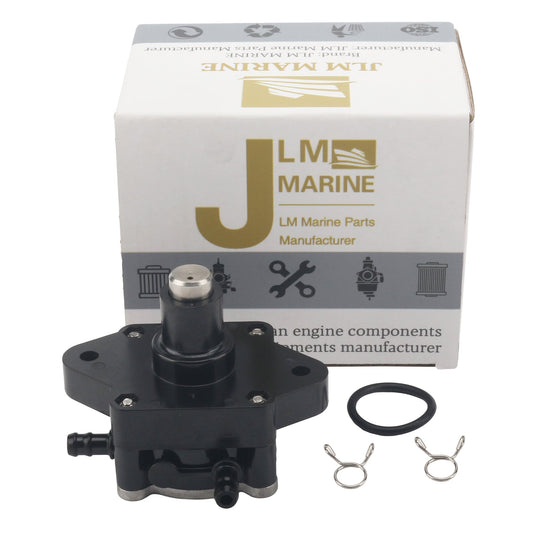
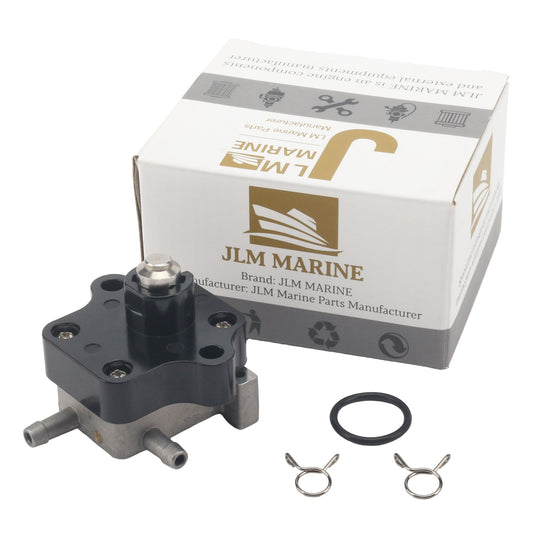
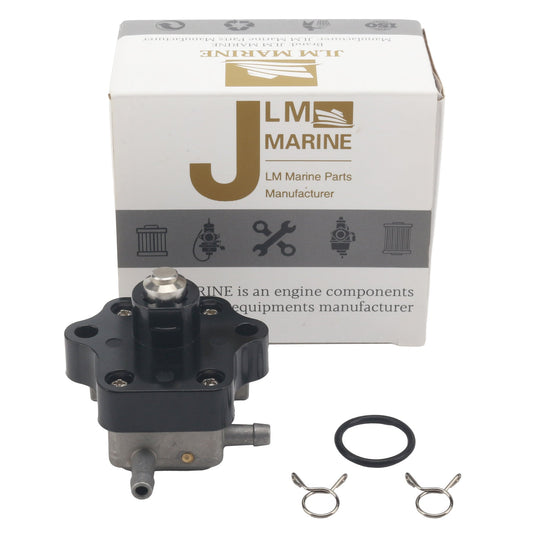
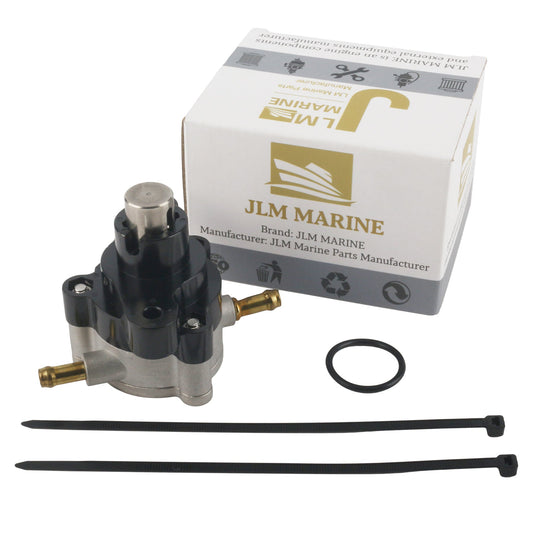
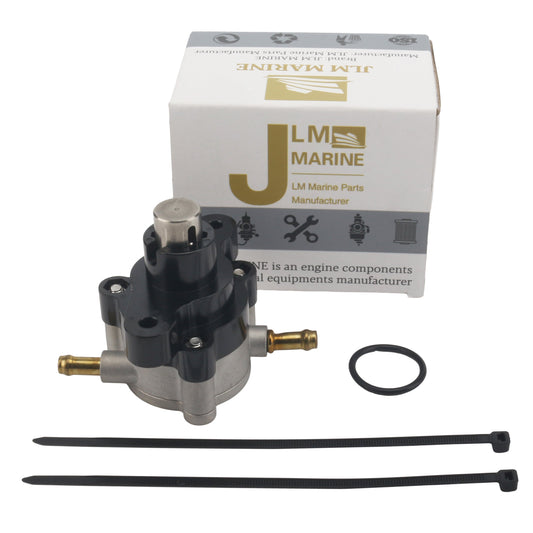
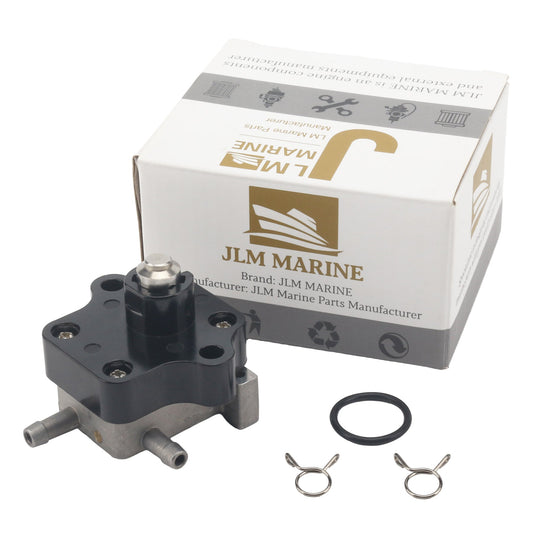
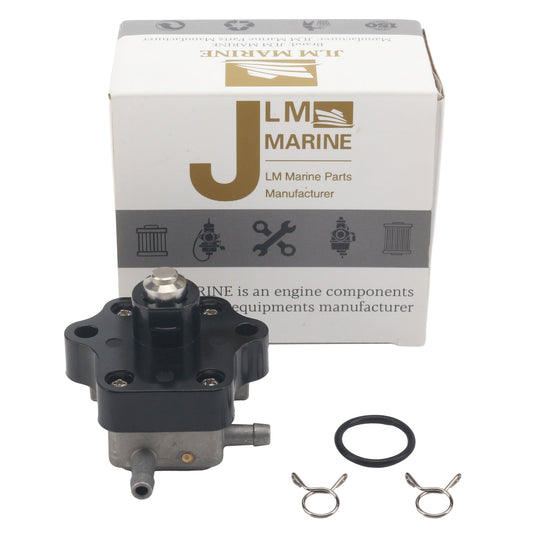
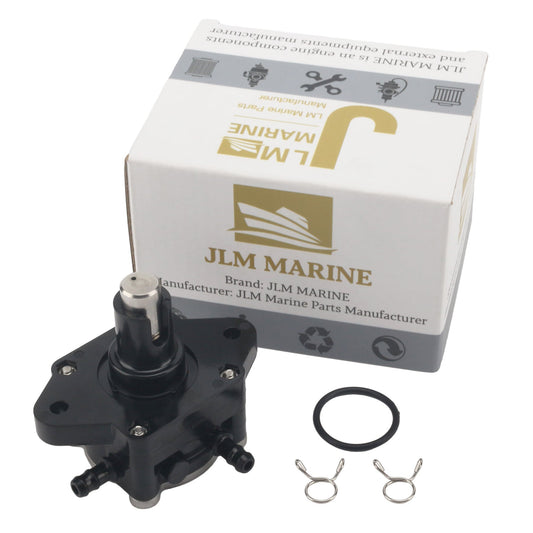
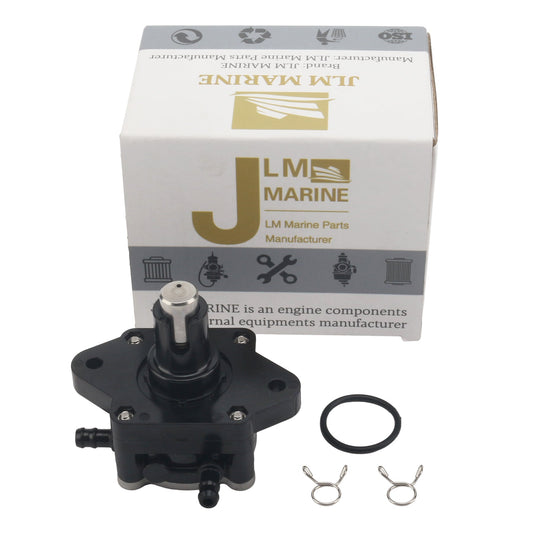
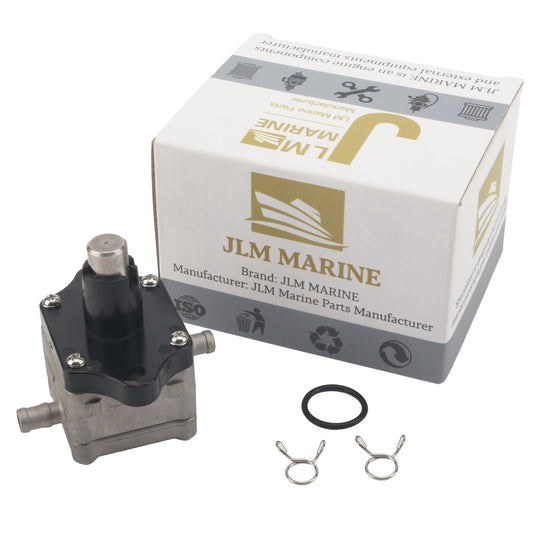
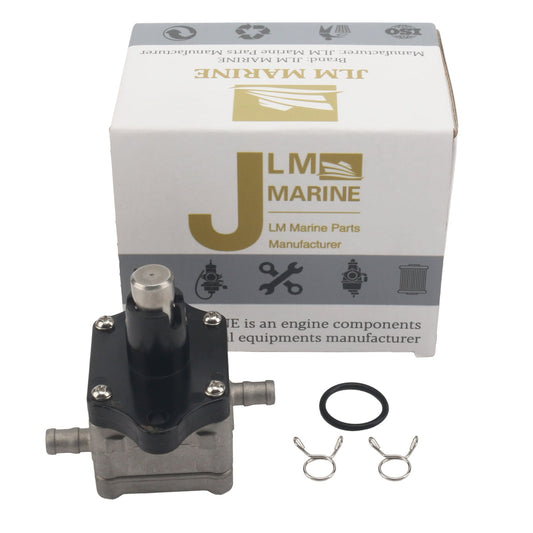
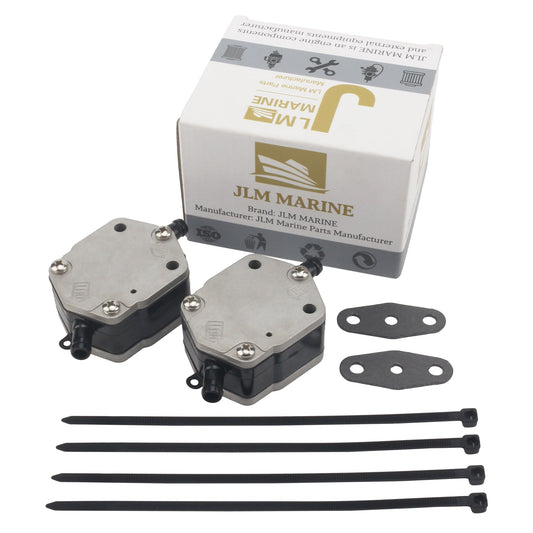
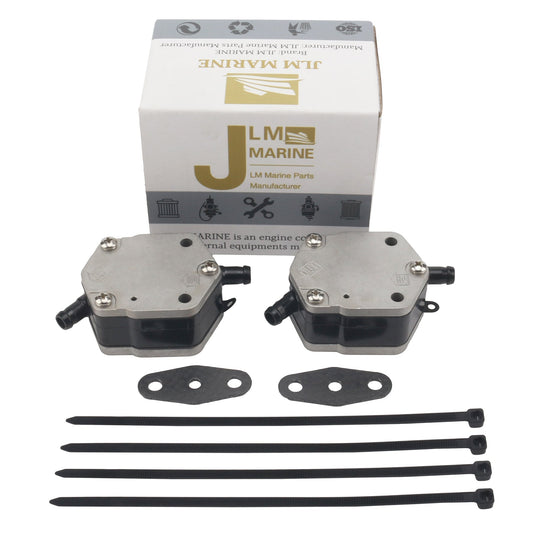
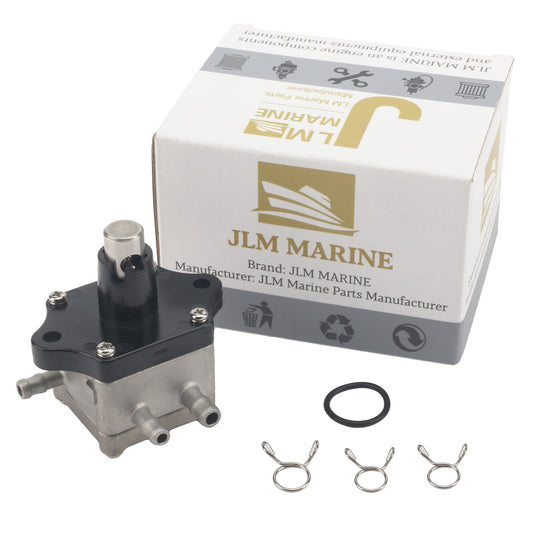
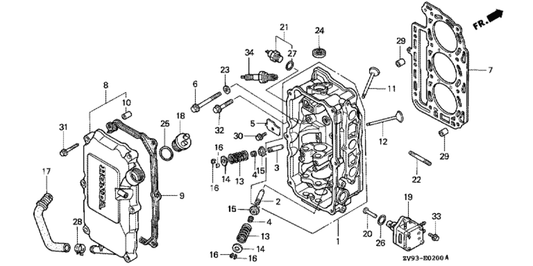
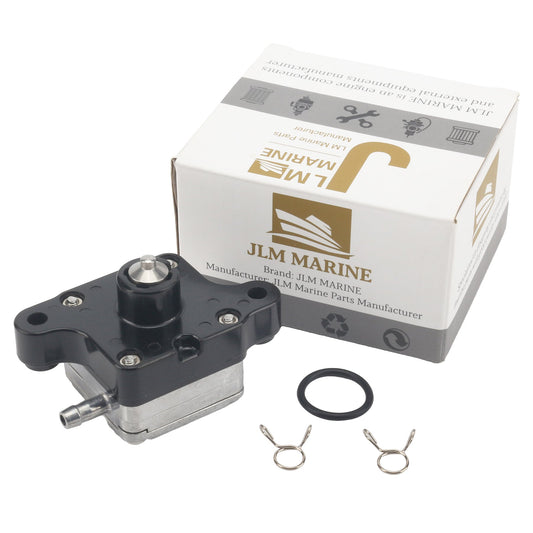
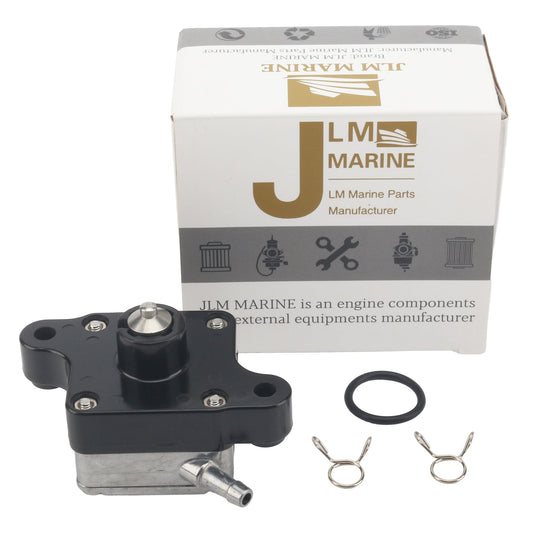
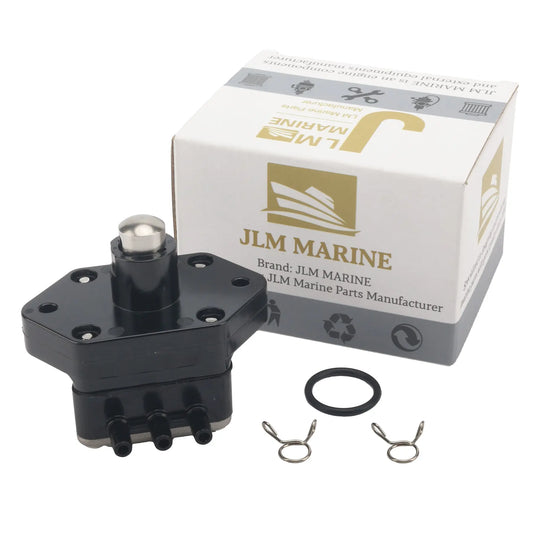

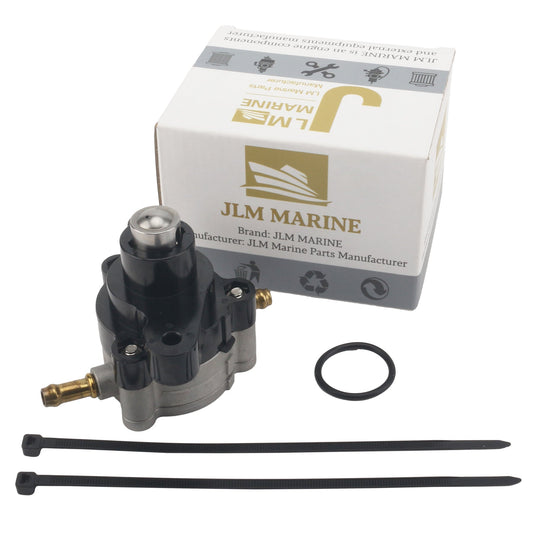
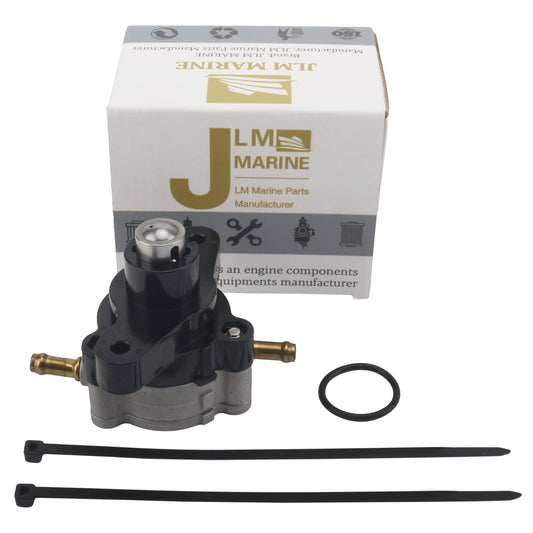

Leave a comment
Please note, comments need to be approved before they are published.